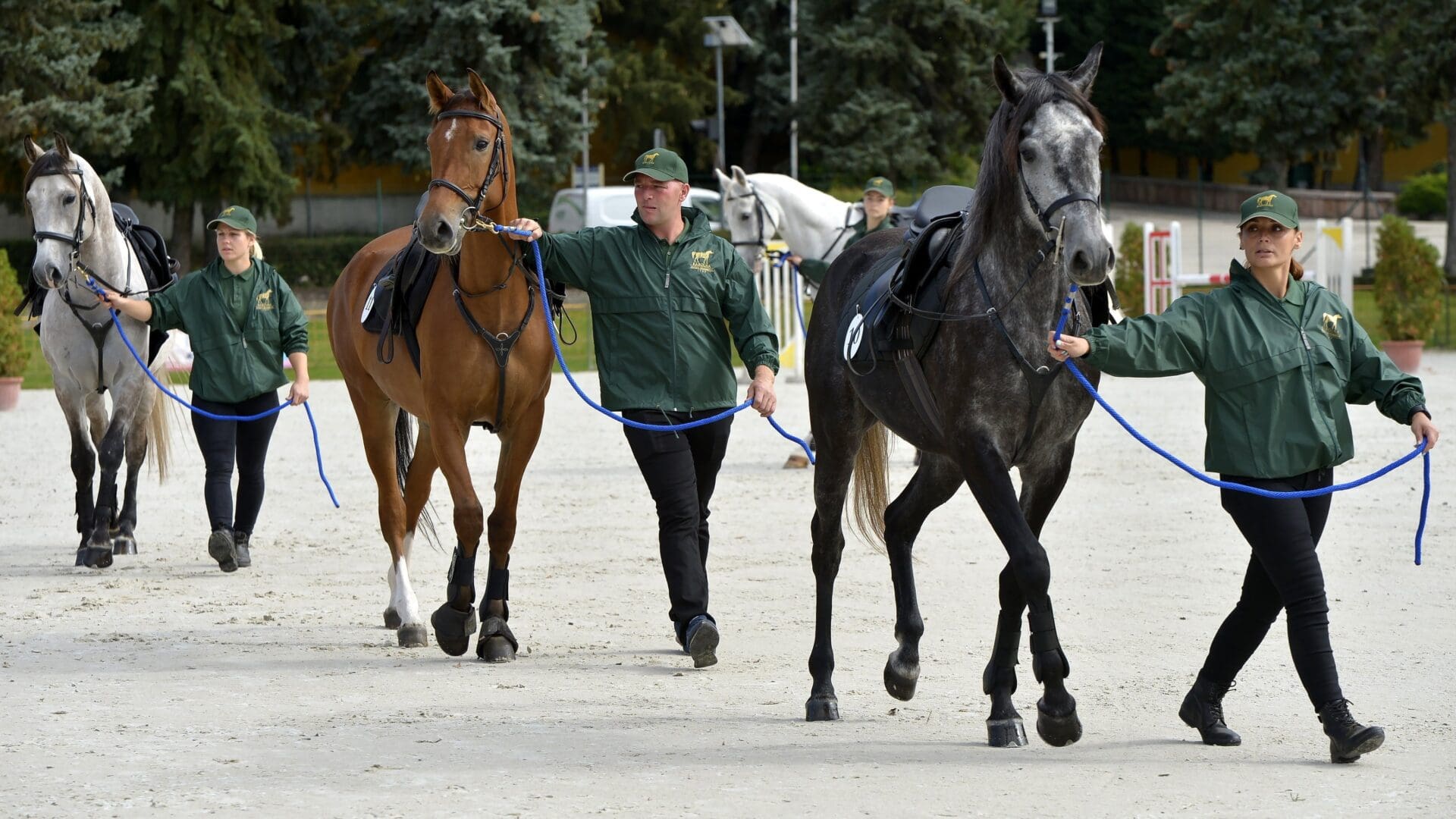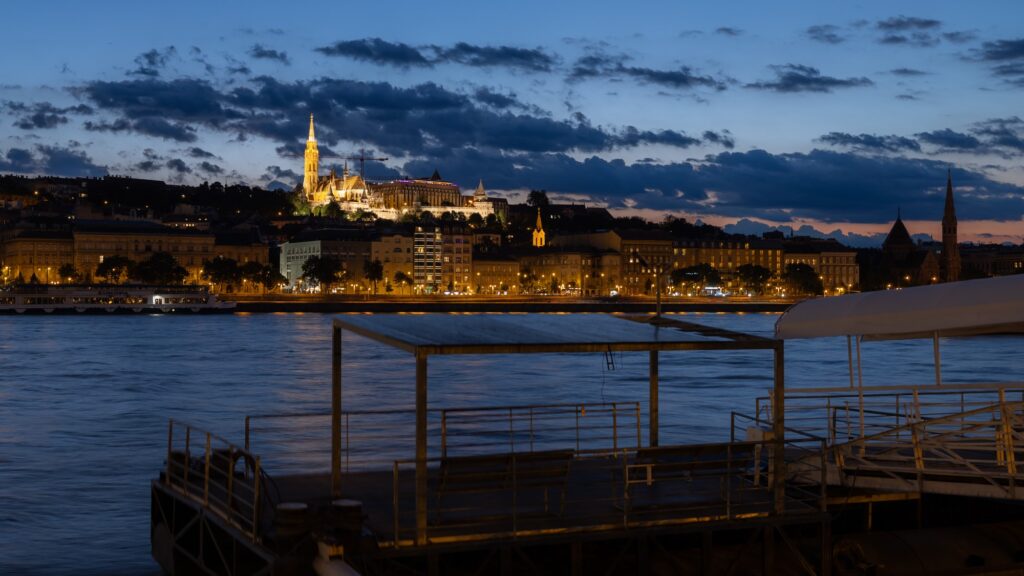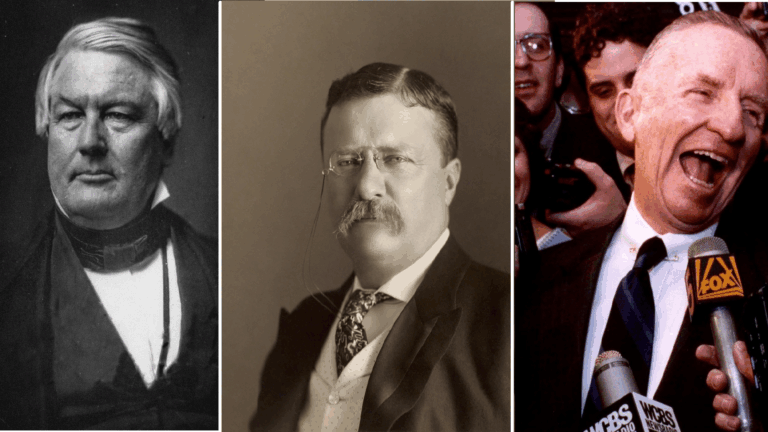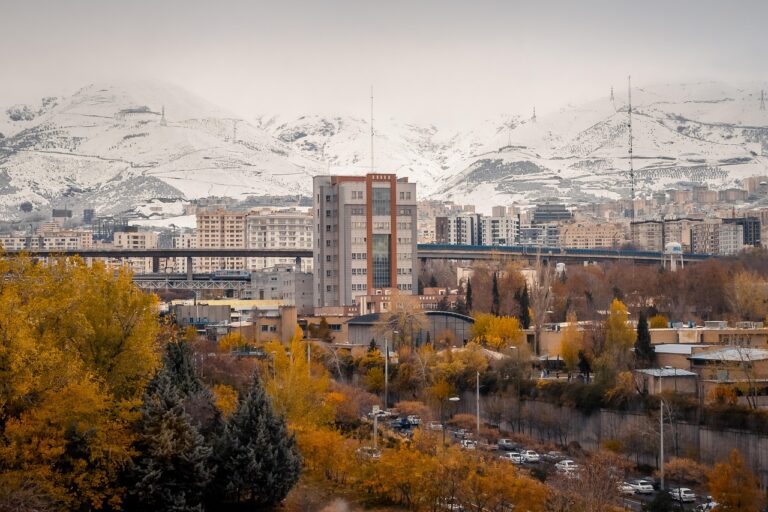Horses play and important role in the history of many countries, but few countries are as famous for their horses-related cultural heritage as Hungary.
The Magyars are known to have arrived at their current homeland, the Carpathian Basin on horseback, and from this point in time on, horses assisted Hungarians in attaining military successes, as well as with agricultural work. Horses have been the friends, fellow workers, and brothers-in-arm of Hungarians for centuries, and have played an invaluable role in the shaping of the country’s distinct image.
The love of horses and expertise in all matters equestrian still characterise Hungary, which does not go unnoticed in other parts of the world. Hungary’s deep-rooted horse breeding and training traditions captured the attention of the famously horse-loving late Prince Philip, too. In 1973, the Duke of Edinburgh visited the Bábolna Stud-Farm, to observe horse riding demonstrations. Philip returned to the country on many more occasions to appreciate Hungarian horse traditions. In 1978, he competed in the UK carriage driving team in Kecskemét, and won the bronze medal, while coming in 24th in the individual competition. Rumour has it that he loved Kecskemét so much that he insisted that the Queen also visit the town on her 1993 trip to Hungary, as we highlighted in an earlier article.
He also participated in the 1984 carriage driving world championship in Szilvásvárad. The UK team was placed second this time, while the Prince came in 18th in the individual race.
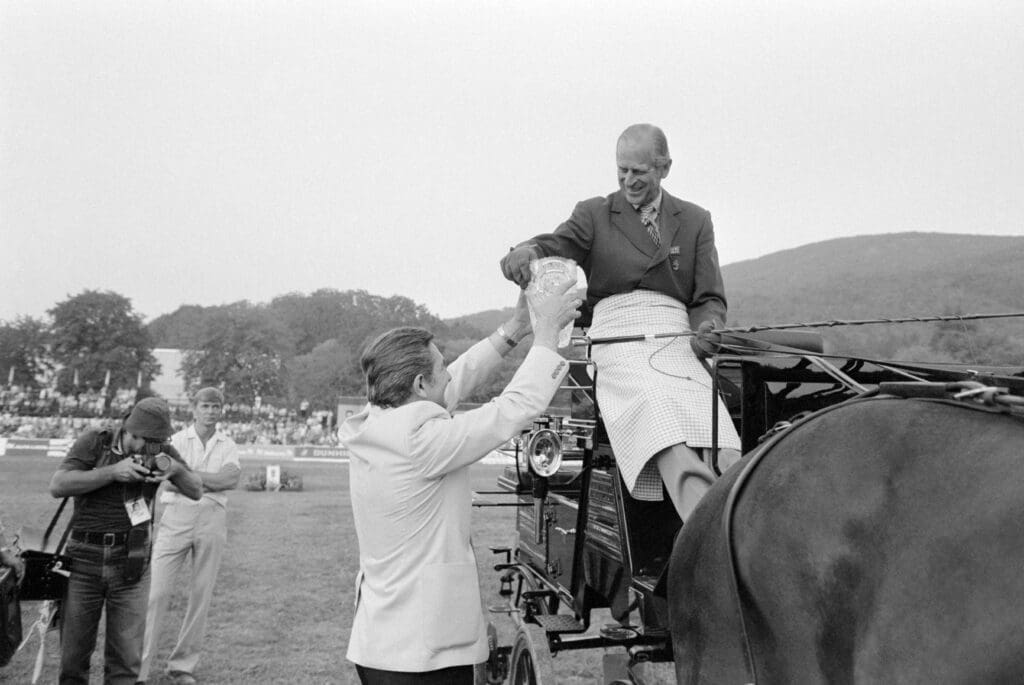
Hungarian Stud-Farms
Historically speaking, Hungary has had five major stud-farms responsible for developing most of the Hungarian horse breeds. Today four of these stud-farms are still operating.
The Máta Stud of Hortobágy goes back as far as 1671;
the second oldest is the Mezőhegyes National Stud-Farm, founded in 1784. The stud-farm at Bábolna was established in 1789, while that of Szilvásvárad in 1806. The youngest of Hungary’s historical studs, founded on the confiscated estates of 1848 revolutionary aristocrat Count Kázmér Batthyány, is the Kisbér Stud, established in 1853, which ceased to exist as a state farm in 1961.
While in the early years of their existence all of these stud-farms were involved in the professional breeding of horses, now their main responsibility is to preserve and further improve the existing, Hungary-originating horse breeds.
Hungarian Breeds: From the Hucul to the Kisber Felver
There are two cold-blooded horse breeds that originate from the Hungarian Kingdom. The Hungarian draft horse is a friendly, easily manageable breed that was famous for its work tolerance. The Hungarian draft horse was chiefly used in agriculture, where the breed’s strength and stamina were a great advantage.
The other cold blood horse breed is the muraközi (Međimurje County in today’s Croatia) horse, which is a medium-heavy horse breed that was used in agriculture and transportation.
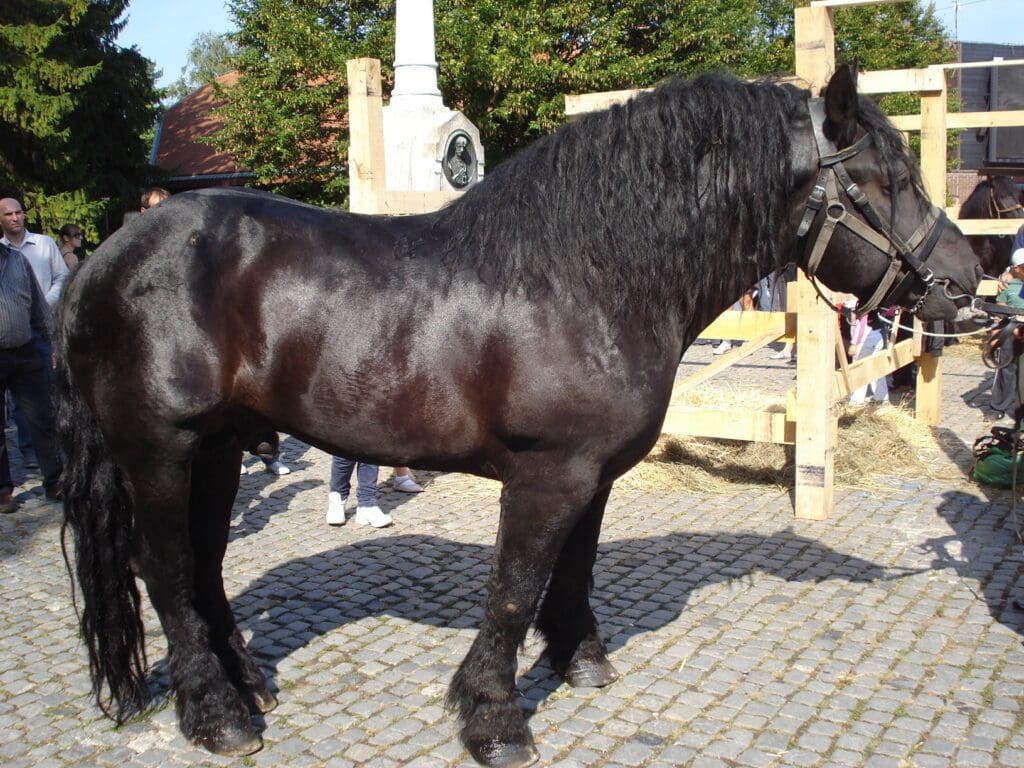
While there are only two cold-blooded horses that originate from historical Hungary, there are several warmbloods. Of the Hungarian warmblood horses, probably the most famous one is the Hucul pony, also known as the Carpathian pony. This breed is a direct descendant of wild horses, so Huculs are a close relative of the now extinct Tarpan, a once free-ranging horse of the Eurasian steppe up until the 20th century, when the last known specimen died in captivity in the Russian Empire.
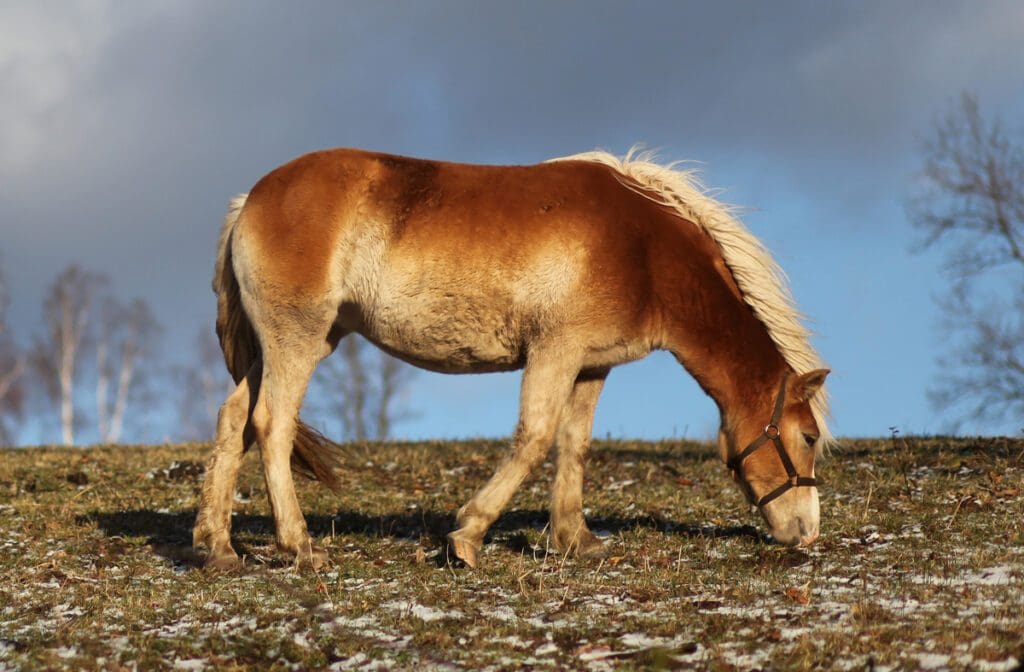
Due to its closeness to the Tarpan, the Hucul pony is also related to the extinct Hungarian and Székely ancient horses. By the late 20th century, Huculs were also close to dying out when in 1986 the Aggtelek National Park took up the responsibility of breeding these horses and thus saving them. At the start of the programme, the National Park had merely ten Hucul mares to start with.
Another warmblood breed that originates from the Austro-Hungarian Empire, the Lipizzaner horse, is famous for its elegant beauty and successes at carriage driving competitions. The Baroque type Lipizzaner horse is obedient, hardworking, and strong.
Another renowned Hungarian breed, the usually dark coloured Nonius was developed at the Mezőhegyes Stud-Farm,
to serve as the Hungarian army’s draft and utility horse.
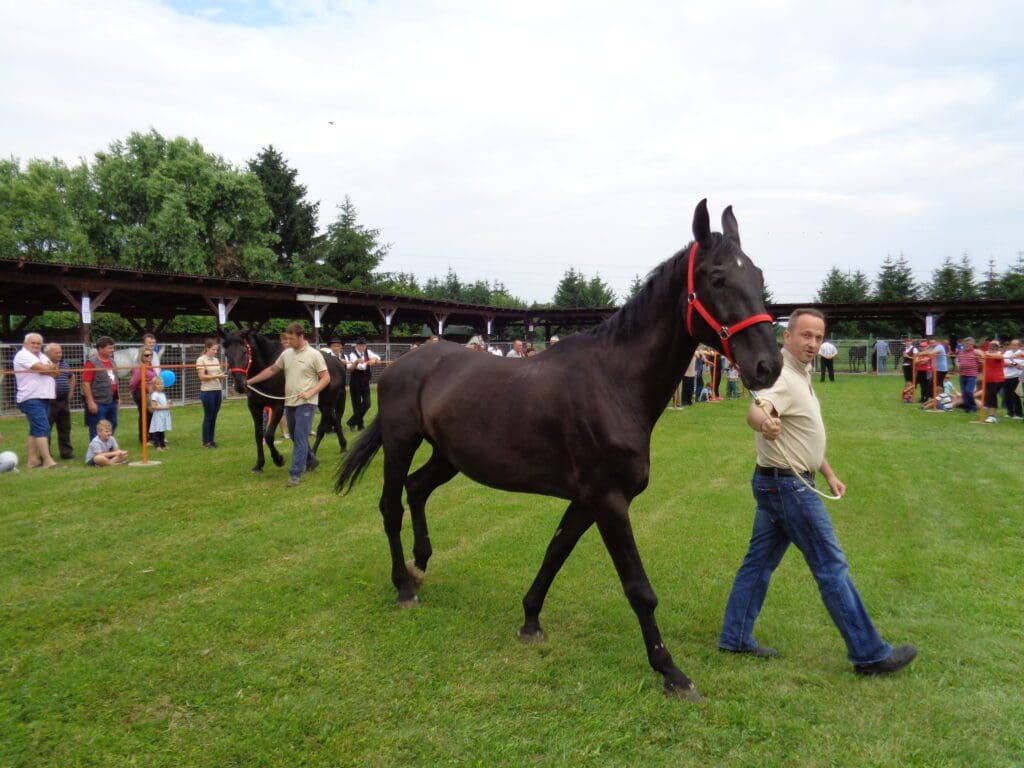
The Shagya Arabian is a subtype of the Arabian horse and was developed in the Austro-Hungarian Empire in the early 19th century when Arabian horses arrived at the Bábolna Stud-Farm.
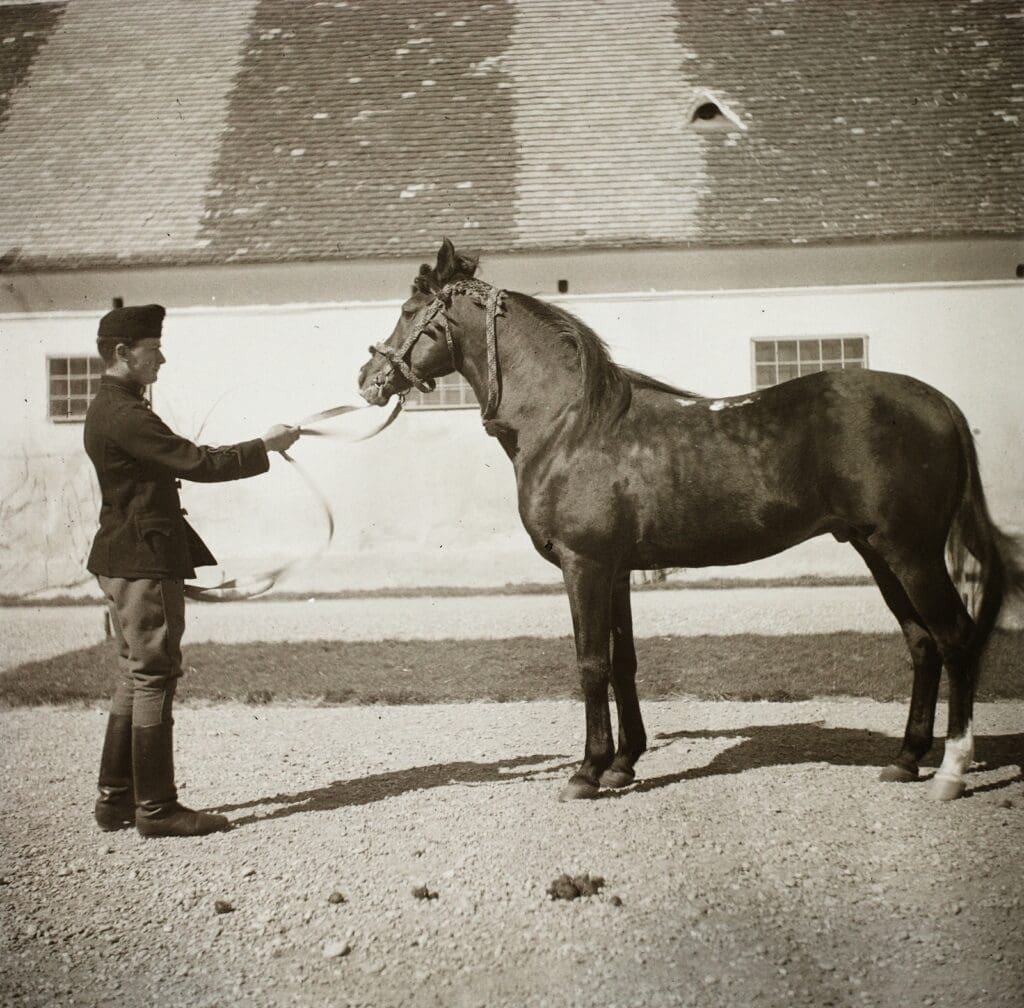
The Gidran is a Hungarian Anglo-Arab horse, which today it is an endangered breed as there are only a few hundred Gidran horses left in the world. Like the Gidran, the Nonius and the Furioso-North Star, the Hungarian Sport Horse was also developed at the Mezőhegyes State Stud-Farm.
At Kisbér initially Thoroughbreds were bred here and the farm produced successful racehorses,
including the iconic unbeaten champion Kincsem,
who was entered in The Guinness Book of World Records. Eventually, through a carefully controlled breeding program, a distinct horse type evolved, the Kisber Felver (kisbéri félvér). Like many other horse breeds, the Kisber Felver was endangered during the World War I and World War II. In 1945, more than half of the breeding stock were taken as war spoils. The Kisber Felver is an easy to ride, yet muscular horse. By its appearance it is similar to elegant military horses.
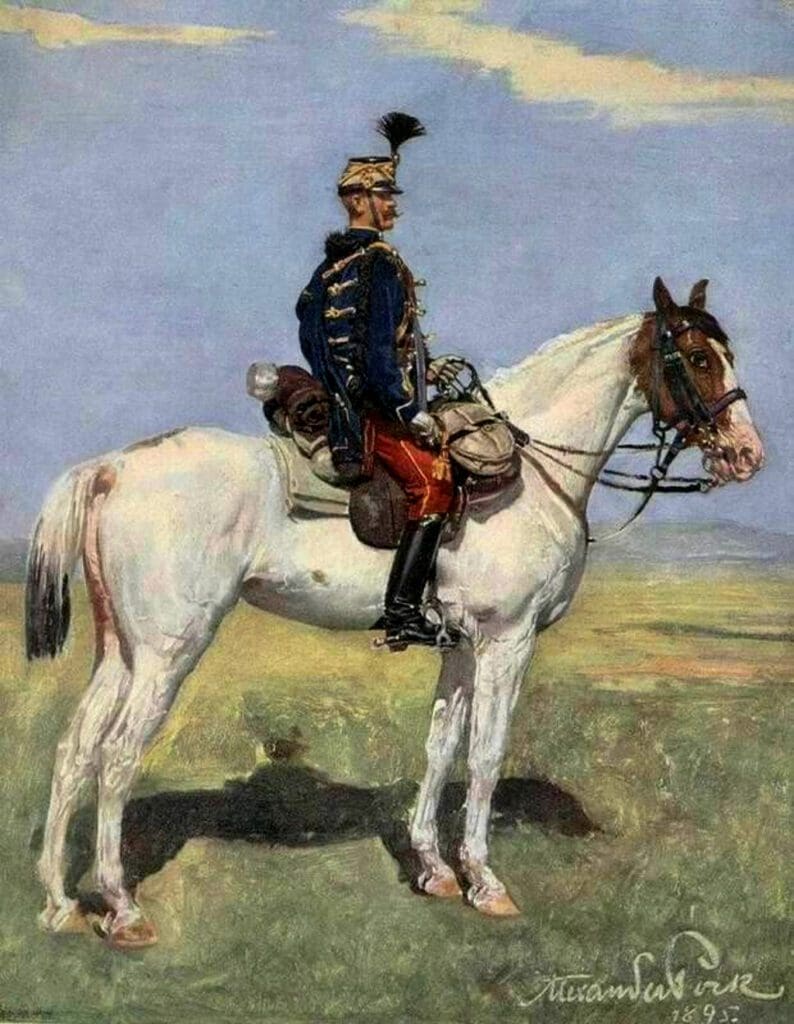
Horses in Hungarian Warfare
For centuries, horses were an integral part of Hungarian warfare. Around the time when Hungarians arrived at the Carpathian basin, the Hungarian tribes followed a nomadic lifestyle, in which horses played an important role. In those days, the Magyars used light cavalry to ambush Western European heavy cavalries. The speed and agility of these nomadic Hungarian horsemen was not only thanks to their light armour, but also due to the fact that their horses were smaller. Over time, as military techniques evolved, hussar units appeared in Hungary. Initially, Hussars were an irregular group of twenty (twenty in Hungarian is húsz, which suggests that hussars, or huszárok were usually combating in groups of twenty) men on horseback.
Hussar groups were integrated into the military under King Matthias’s reign.
The first Hussar regiments were fighting in Matthias’ famous Black Army that was strong enough to claim the city of Vienna in 1485. After Hussars became known Europe-wide for their tireless fights against the Ottoman Turks, Hussar units were established all across the continent. For instance, the 4th Hussar Regiment of the French Army that was established in 1783 is still in existence, while the Hussar regiment established by Michael Kováts de Fabriczy played a considerable role in the American Independence War too.
Horses in Sport
Horse racing has also been an integral part of Hungarian horse culture. Arguably the most successful horse sport champion of all time is Kincsem, the unbeatable mare, also immortalised by a 2017 Hungarian box office record-setting Hungarian film. Kincsem was raised at Kisbér, where initially Thoroughbreds were bred, and the farm produced a number of successful racehorses. Kincsem, who was entered in the Guinness Book of World Records, took part in 54 competitions and was not defeated a single time—she has the longest undefeated record of any racehorse. She won a series of competitions all across the Austro-Hungarian Empire as well as in Germany, France (Grand Prix de Deauville) and England (Goodwood Cup) against both male and female competitors. Kincsem had five foals, some of which also attained successes at horse races.
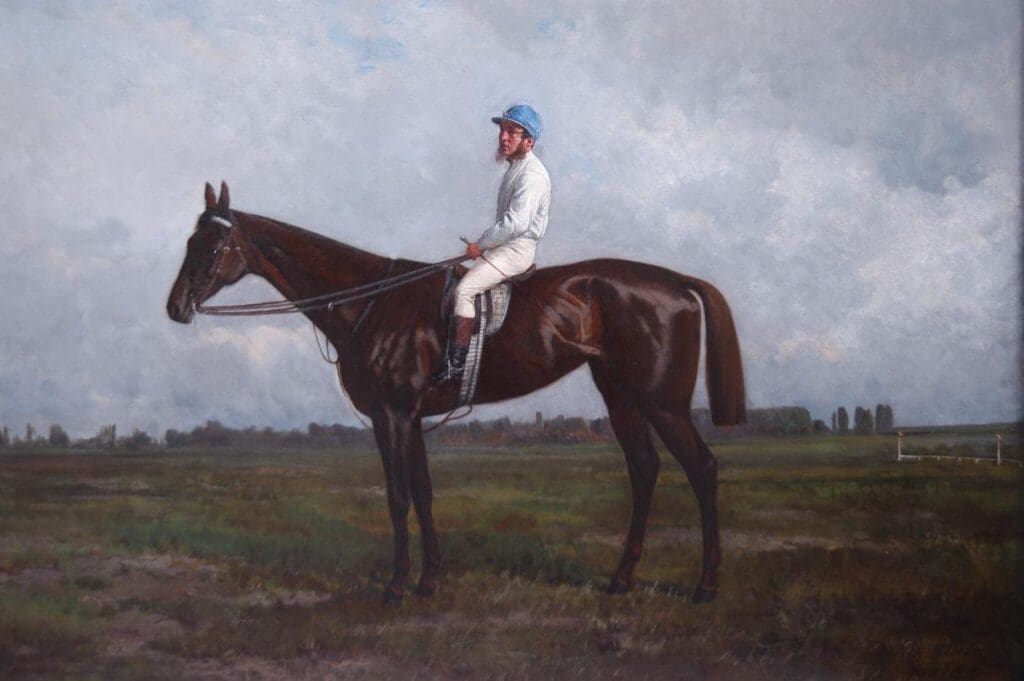
Similarly, to Kincsem, Overdose was also a highly successful and well-known Hungarian Thoroughbred racehorse. Overdose was successful in sixteen out of his nineteen races that he ever entered. On average, he won by over 8 lengths per race. At his first race in June 2007, Overdose won with over 18 lengths. His first victory and the four other victories he secured in 2007 at the age of two immediately put him on world-rankings among his age group. At the peak of his career in 2008 he was horse number three in the world, with an estimated worth of 1.5 billion HUF.

